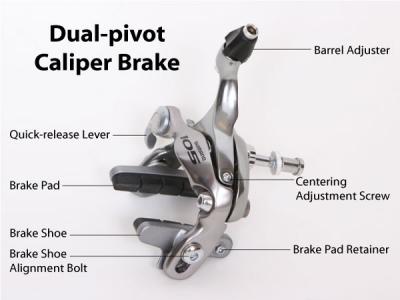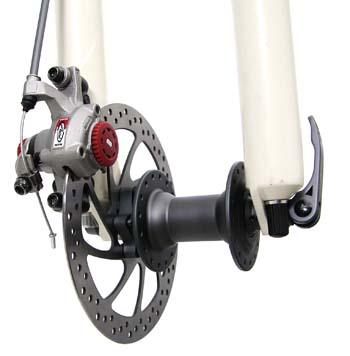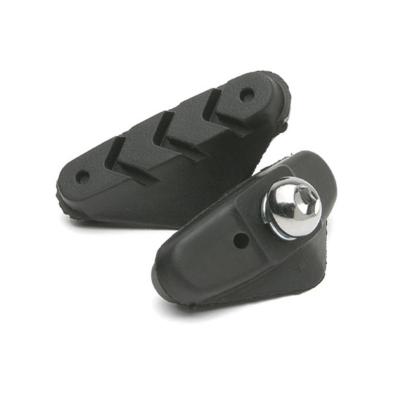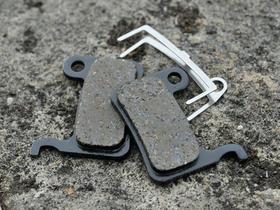Disc Brake Basics: What Are They and How to Take Care of Them
On a bike, you’ve got either one of two types of brakes. You’ve got the caliper brakes or V-brakes, which look like a pair of pincers that pinch the rim of the wheel to stop. Or you’ve got the disc brake, which is a disc affixed to the hub of the wheel, which brakes via a caliper on the fork itself. The mechanism of disc brakes is very similar to those found in cars and they are used mainly to dissipate heat, which is useful for your downhillers.
The thing is caliper brake pads and disc brake pads are materials reacting to different surfaces. The pads on calipers vs the pads on discs wear on surfaces differently. The discs don’t wear out whereas the rims on a wheel do. Plus disc brakes work in wet weather and calipers are crap, which I almost found out to my cost.
And as with anything, you have to take care of your gear. In the case of disc brakes, they work better when there are particles of brake pad material embedded into the disc itself so general rule of thumb is that you don’t clean them too often. Another detail to point out is that the pads are extremely sensitive to oil contamination and your fingers can leave such contamination, causing performance to drop substantially. To clean them, you’ll need to file them a bit with sandpaper or an emery cloth. If the pads were contaminated (touching them with grubby fingers) and then heated (hard braking would do it), you’ve got to replace them.
Just think of them as the lasers on a CD player.
There are cleaning agents SPECIFICALLY for your discs so check with your local bike store for the options they carry.
Just so you can see the difference, here is a caliper brake.

Here is a disc brake.

And now for the pads. These are the caliper brake pads.

And these are the disc brake pads. See the difference?

